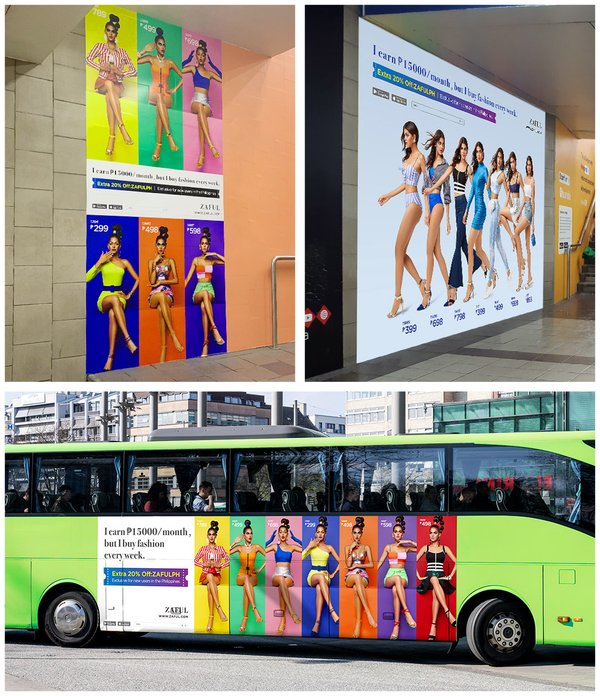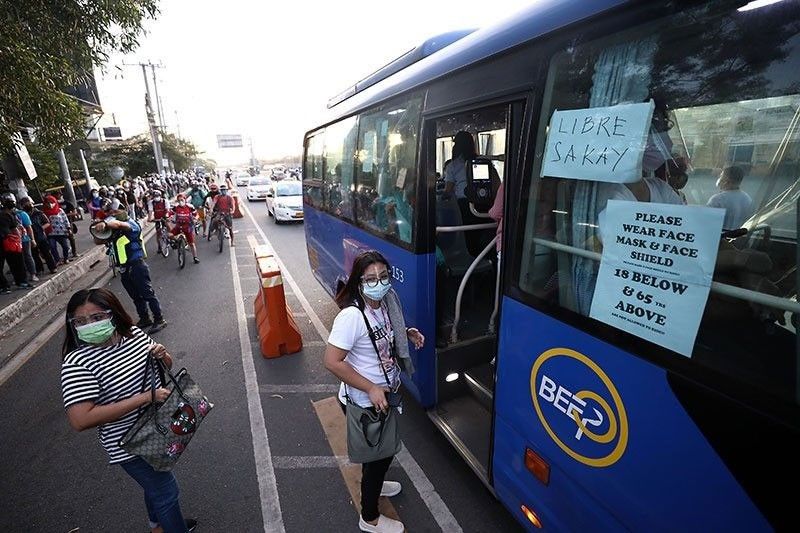Checking Out the Influence and Effectiveness of Transit Marketing in Urban Marketing Approaches
Transit advertising and marketing has actually become a considerable element of city marketing techniques, utilizing on the one-of-a-kind characteristics of public transportation environments. With the fast development of innovation and changing customer actions, the landscape of transportation advertising and marketing is undertaking notable changes that merit closer examination.
The Rise of Transit Marketing
As metropolitan populaces remain to swell, the need for cutting-edge advertising and marketing remedies has actually led to the rise of transit marketing as a critical element of metropolitan advertising and marketing techniques. This form of advertising leverages public transport systems-- such as buses, trains, and subways-- to get to a varied audience in densely booming locations. The efficiency of transit advertising and marketing hinges on its capability to engage customers throughout their everyday commutes, an usually forgotten yet important time for brand messaging.
With cities becoming increasingly stuffed, standard marketing spaces are coming to be limited and less effective. Transportation advertising and marketing uses a dynamic alternative, making it possible for brands to showcase their messages in high-traffic locations where possible clients are regularly revealed to the advertisements. Furthermore, as urban homeowners significantly depend on public transportation, the relevance and visibility of transportation advertising have actually grown dramatically.
Additionally, technological improvements have actually improved the refinement of transit advertising and marketing, enabling electronic displays and interactive projects that can record consumer focus better than static ads. As an outcome, transit marketing is not just an economical option however additionally a vital strategy for brands seeking to link with urban customers in an impactful and remarkable fashion.
Key Benefits of Transit Marketing
The efficiency of transportation advertising and marketing is emphasized by its multifaceted benefits, making it an indispensable tool for metropolitan marketers. One of the primary advantages is its comprehensive reach; transportation systems serve countless travelers daily, enabling brand names to link with a varied target market in high-traffic settings. This presence boosts brand name awareness, ensuring that advertisements are seen consistently by commuters.

Furthermore, transit advertising and marketing is economical compared to various other media, providing a lower price per perception while preserving high exposure. The flexibility of ad styles, from bus wraps to electronic display screens, enables innovative and impactful campaigns that can adapt to changing market needs.
Customer Behavior Insights
A significant part of customer actions is influenced by the pervasive nature of transportation marketing in city atmospheres. This kind of advertising and marketing captures the interest of varied demographics, involving consumers during their day-to-day commutes.
Research study shows that transit marketing can stimulate psychological actions, bring about raised brand affinity. Consumers typically connect the experience of travelling with details brand names, developing a lasting impression that influences buying decisions. Additionally, the frequency of exposure to transit ads fosters familiarity, which is a vital variable in customer trust fund and commitment.

Moreover, the public facet of mass transit adds to this sensation; as individuals share areas, they are most likely to go over and advise brands they run into. Thus, transportation marketing not only gets to customers however likewise stimulates social communications that enhance brand messaging. Comprehending these behavioral understandings enables marketing link professionals to tailor their strategies effectively, ensuring that their projects resonate with target audiences in the urban landscape.
Instance Research Studies and Success Stories
Successful implementation of transportation marketing methods is exemplified via numerous study that highlight its performance in urban advertising and marketing. One significant example is the cooperation in between a popular drink company and a significant city's public transit system. The project utilized bus covers and interior posters, causing a 30% boost in brand name recognition and a 15% rise in sales within the target group over three months.
An additional successful instance included a local dining establishment chain that utilized train terminal marketing to bring in commuters. By producing aesthetically striking ads that supplied timed promotions, the dining establishment experienced an uptick in foot traffic, with a remarkable 25% increase in lunch hour clients.
Moreover, a city's tourist board launched a transit project showcasing local tourist attractions via bus stop screens and metro ads. The effort brought about a significant boost in visitor gos to, as reported by a 40% rise in inquiries at visitor facilities.
These instance studies emphasize the adaptability and potential of transit advertising and marketing to involve city audiences properly, demonstrating that critical positionings can generate substantial rois and enhance brand try this website name visibility in bustling metropolitan atmospheres. - Transit Advertising Philippines
Future Patterns in Transportation Advertising And Marketing
As city landscapes proceed to evolve, so too does the realm of transit advertising, which is positioned to welcome cutting-edge technologies and techniques. One considerable pattern is the combination of digital marketing screens into public transit systems. These vibrant display screens permit real-time updates and targeted web content, boosting target market interaction. In addition, the fostering of programmatic marketing is anticipated to get energy, making it possible for marketers to utilize data analytics for even more specific target market targeting based upon time, area, and market understandings.
One more emerging fad is using augmented fact (AR) and online reality (VIRTUAL REALITY) experiences within transit advertising and marketing. These immersive innovations can captivate travelers, transforming ordinary journeys right into interactive brand experiences. In addition, sustainability is ending up being progressively crucial; environmentally friendly advertising products and practices are most likely to acquire traction, reflecting the growing customer need for business social responsibility.
Lastly, the increase of mobile connectivity will certainly help with greater assimilation in between transit advertising and marketing and personal devices. Advertisers can create smooth cross-channel experiences, enabling for prompt interaction and interaction with possible customers. Jointly, these fads indicate a transformative future for transit advertising and marketing, offering new methods for brand names to connect with metropolitan target markets.
Conclusion
Transit marketing has actually developed itself as a considerable part of urban marketing methods, showing significant effectiveness with boosted brand name visibility and consumer engagement. The capability to adjust messages to details demographics, coupled with the innovative use innovation, settings transportation advertising and marketing as a driving pressure in contemporary advertising (Transit Advertising Philippines). As metropolitan settings proceed to evolve, the future of transit view it marketing guarantees more advancements, ensuring its significance and effect fit consumer perceptions and habits in urban landscapes
As metropolitan populaces proceed to swell, the need for ingenious marketing options has led to the rise of transit advertising as a pivotal component of city advertising and marketing methods.A considerable part of consumer behavior is affected by the prevalent nature of transit advertising in urban settings. Jointly, these patterns indicate a transformative future for transportation marketing, providing new methods for brand names to link with urban audiences.
Transportation marketing has developed itself as a considerable component of city advertising strategies, demonstrating substantial performance via improved brand name presence and consumer involvement. As urban settings proceed to develop, the future of transportation advertising promises further developments, guaranteeing its significance and impact in forming consumer understandings and behaviors in metropolitan landscapes.